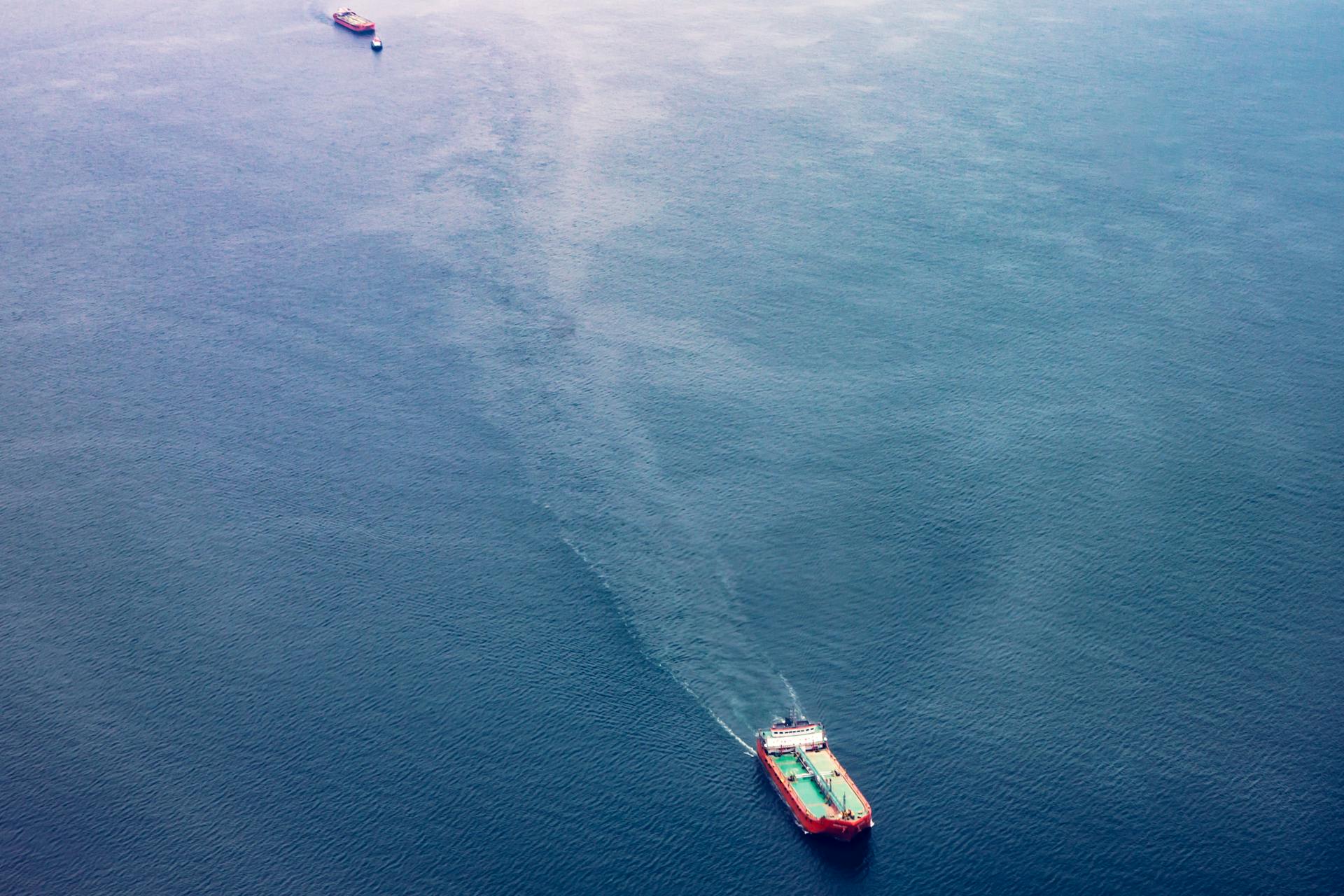Shore leave decline threatens seafarer welfare, survey finds
Seafarers Face Increasing Shore Leave Restrictions

A recent global survey conducted by the World Maritime University reveals alarming trends regarding seafarers’ shore leave, particularly affecting Cyprus, a prominent maritime registry. The study, which surveyed 5,879 crew members from 121 countries, found that a staggering 26.7% of respondents reported having no shore leave during their contracts. Furthermore, 68.7% indicated they rarely or never went ashore, highlighting a growing crisis in crew welfare.
Shore Leave Statistics and Challenges
The survey’s findings paint a grim picture for seafarers. Those who did manage to disembark averaged only 3.5 times per month, with a mere 2.2% going ashore more than 15 times throughout their contracts. Alarmingly, 93.5% of crew members spent less than six hours ashore, and nearly half of them reported staying under three hours. The primary reasons for these limitations include a lack of time in port (65.4%) and heavy workloads (53.3%). Additionally, high transport costs (48.6%) and the remoteness of port facilities (44.9%) further hindered opportunities for shore leave.
Restrictions imposed by port authorities, the absence of local amenities, and company policies have also curtailed seafarers’ chances to go ashore. Some crew members reported that ports have found ways to deny shore leave, citing exorbitant charges or even demands for bribes. One officer recounted being quoted $400 for transport to the port gate, while others mentioned being asked for cigarettes, alcohol, or cash in exchange for shore passes. Even when permission was granted, port security sometimes blocked exits unless authorized transport was arranged.
Personal Accounts and Implications for Crew Welfare
The report includes poignant personal testimonies from seafarers. An officer from Turkey stated, “I haven’t taken shore leave during my contract,” while another from India lamented, “I have never gone ashore in the last 10 years.” A US crew member reported being onboard without shore leave for over 60 days, and a Greek officer noted that shore leave was only permitted if time allowed. The situation varies significantly by vessel type, with offshore vessels having the highest rate of no shore leave at 40.8%, followed by tankers at 37.3% and bulk carriers at 30.7%. In contrast, passenger ferries and cruise ships reported the lowest rates of 5.4% and 3.2%, respectively.
Regional disparities also emerged, with Asia recording the highest rates of no shore leave at 31.8%, compared to 22.5% in Europe and 20.9% in the USA. The welfare implications are severe, as over half of the respondents reported working more than 74.9 hours a week, while only 7.4% worked 48 hours or less. Those without shore leave are more likely to experience fatigue, stress, loneliness, and deteriorating mental health. An Indian officer emphasized the need for compulsory shore leave for all seafarers, suggesting it should be included in key performance indicators to ensure management prioritizes crew welfare.
The findings from this survey underscore a critical need for coordinated action among governments, port authorities, shipowners, and welfare providers to address the barriers preventing seafarers from accessing shore leave. Without significant changes, the decline in shore leave opportunities is likely to persist, threatening the well-being of those who keep global trade moving.
